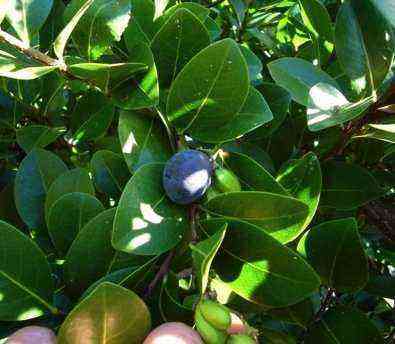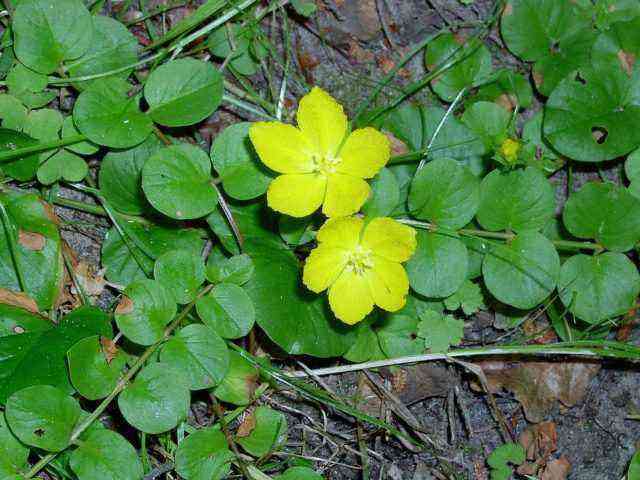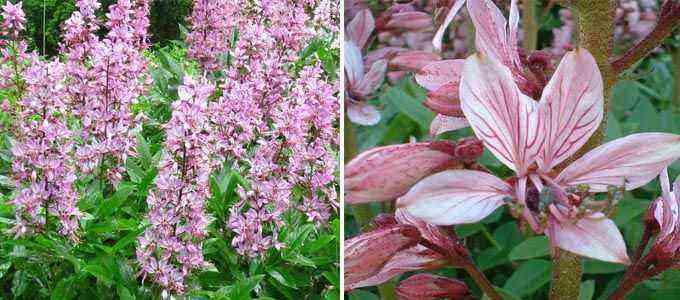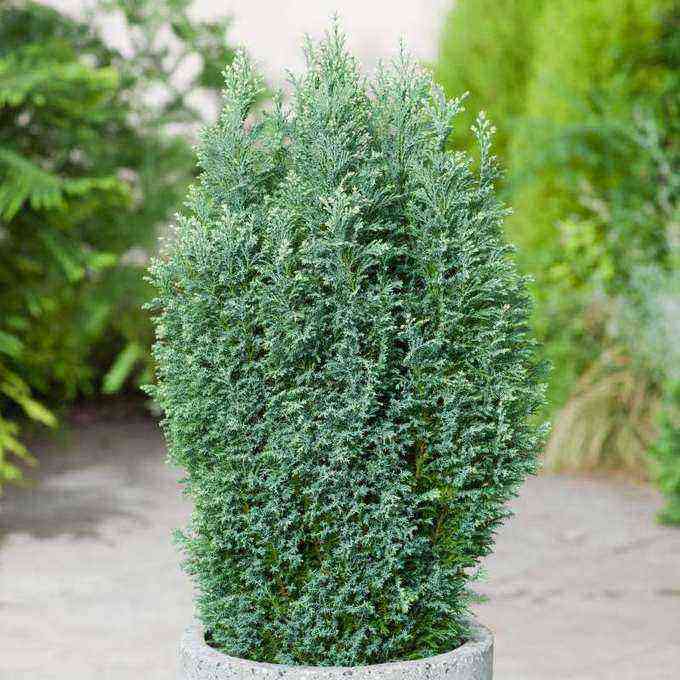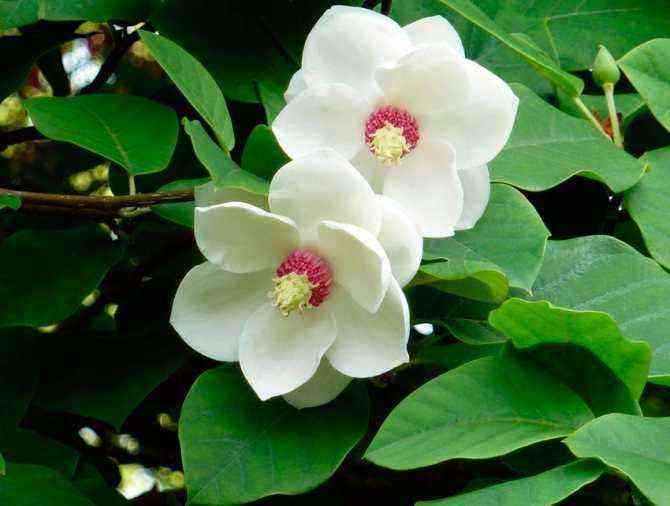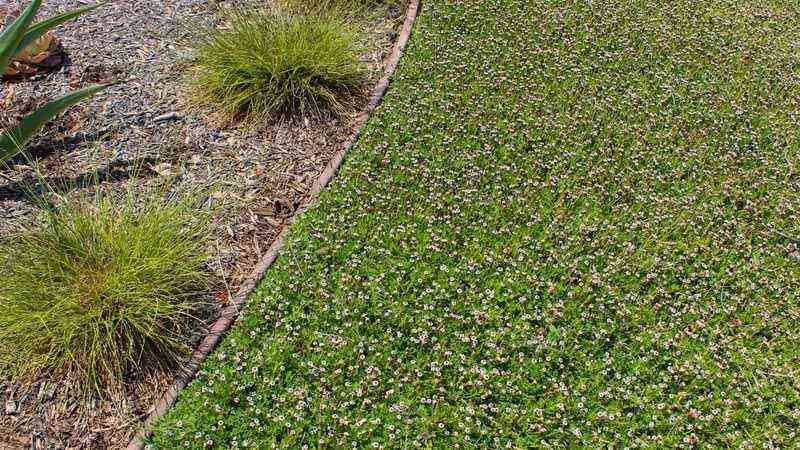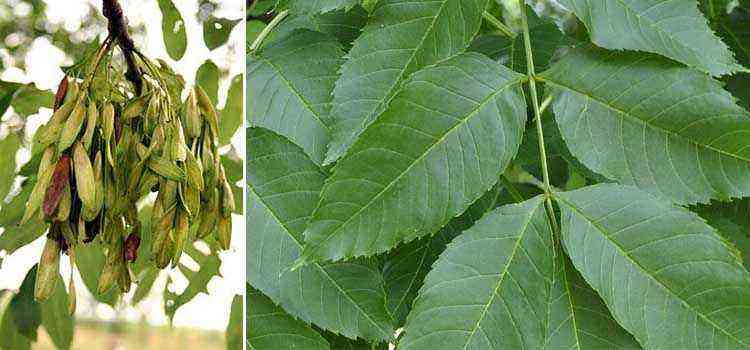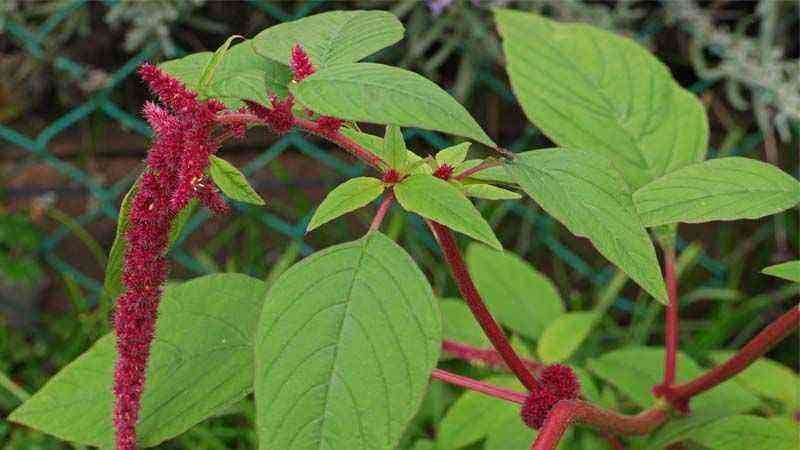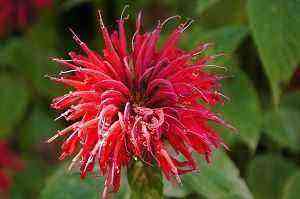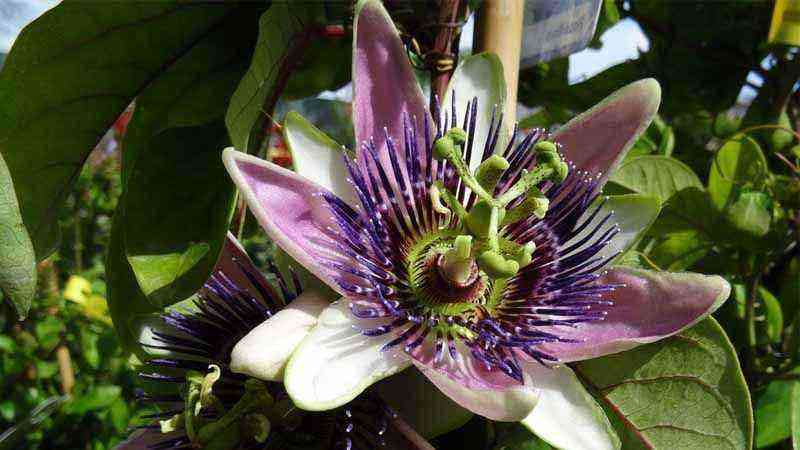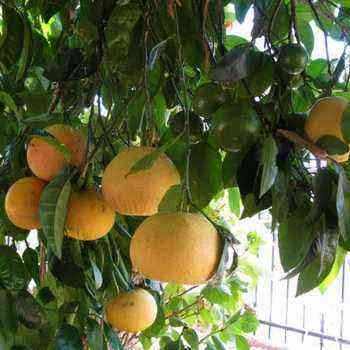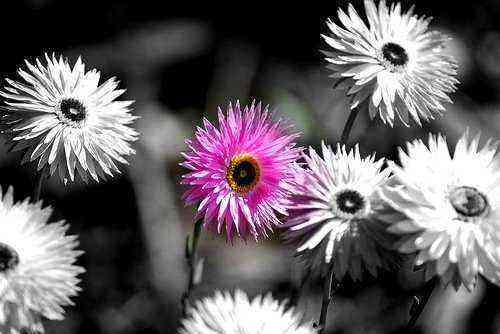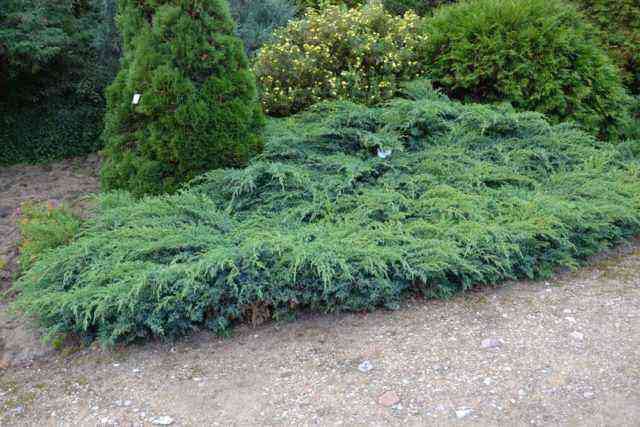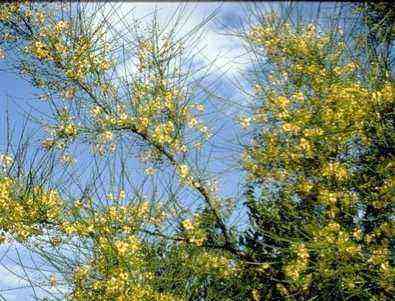We are going today with a rhizomatous of wide latitudes that extends for the width and length of the world. The iris flower is considered invasive as its ability to spread and hardiness is truly impressive. Planting it out of control can be a bit of a nightmare. Let’s see its characteristics.
Iris flower and Greek mythology
From the mountain to the desert there is a long way and the conditions are not even similar, but this genus of plants invades any area and the differences in altitude, ergo of climate, do not affect many of its species too much since its rusticity against the climate it is more than developed as we will see later. This genus was already venerated in ancient Greece and took its scientific name from those times, long before taxonomy made its appearance as a scientific discipline for the classification of biodiversity.
And we say this because the concept that gives its name to this genre is that of arco iris, simply due to the great variety of colors that we can find in the more than 300 species that make up the genus. There are currently 362 species accepted. There are many others, just over 800 that have ended up being synonymous with these 362, so we can stay with this last number. But continuing with the origin of the genre, Iris is one of the goddesses of Greek mythology, messenger of the gods and protagonist in many stories, appearing, for example, in works such as the Iliad being the only messenger, although it was later Hermes who he will take the fame of messenger. If you want you like mythology we recommend you this article about the goddess Iris.
It is represented with golden wings and a blue or multicolored veil and in the presence of the rainbow itself, effectively multicolored like the rainbow. Hence the name of such a fabulous phenomenon of refraction of light through raindrops and all the words derived from our language as iridescent, which has the colors of the rainbow.
Leaving aside the mythological part, let’s look at the botanical, ornamental and active principles part that we can take advantage of.
Origin and habitat of the genus Iris
Let’s start with its worldwide distribution. It is a genre that clearly colonizes the northern hemisphere in an overwhelming way. The genus Iris is mainly concentrated in practically all of Europe and more specifically in Central Europe as we can see in the following GBIF.org distribution record with more than 400.000 records geolocated around the world.

Gender presence Iris sp. in the world. Map obtained from GBIF.org
Let’s talk about lilies! Yes. The iris flower is a lily
Let’s talk about lilies yes! If so far you have not fallen,the iris flower is a lily! And in Agromática we have already talked about them, their types and varieties extensively. Within the genus we have two main differences in the morphology of the root since we have bulbous lilies y rhizomatous lilies. Then there are other more exhaustive classifications such as bearded lilies, padded non-bearded lilies, etc. and there is even a division by growth heights1.
These differential groups according to their root system are seen in other species such as begonias that also have this classification within the genus Begonia.
Caring for one of the most famous iris flower: Iris germanica L.
Within the vast catalog of species there is one species that stands out in particular, we could say that it is the one that has made the genus famous, although there are other truly impressive garden cultivars. Iris germanica L. It is known mainly for its violet color although it can also vary to purple, yellow or white.
Edaphoclimatic conditions
The rusticity of the iris flower is absolutely stunning. It supports extreme cold and we can also see it in coastal areas. According to the scale of climatic hardiness zones, the iris flower is in zone H6, that is, it supports winter temperatures of up to -20ºC, so there is no recklessness with the intense frosts and cold of the harshest of winters.
Of course, when the flowering season comes they need heat, direct exposure to light in south-southeast orientations to ensure proper flowering. The sun and heat is the most influential factor in this regard.
Regarding the ground, we can see in the following map that the eastern areas of alkaline, sandy and drained soils they are the favorites of this plant. Perhaps that is its weak point in its rusticity. Poorly supports heavy and somewhat acidic soils. We are now going to see the distribution of the iris flower in Spain and part of Europe. Eye to the data. The previous image shows the records of the genre Iris sp. in the world. Now we are going to see the one of one of the species, Iris germanica L.

Presence of Iris germanica L. Map obtained from GBIF.org
Irrigation and fertilizer
It’s actually a species that needs more good little irrigation water and tolerates very severe drought environments such as the Spanish Mediterranean coast but it does it is recommended to do some watering if we grow it in the garden. An abundant watering once a month during the hottest months it is normal. They also require water during spring, although being a season defined by the rains, we will have to be careful in those springs that are somewhat drier than usual.
With regard to the fertilizer, if the soil is well nourished in organic matter it would not be necessary to worry much about this aspect although if you want, you can add some fertilizer during the spring in order to bloom.
And as we always say. Although a plant can grow naturally in drought areas, it does not mean that we should not water or fertilize it if we want a dense and colorful floral blanket in the garden. Tolerant conditions are not the same as optimal growing conditions.
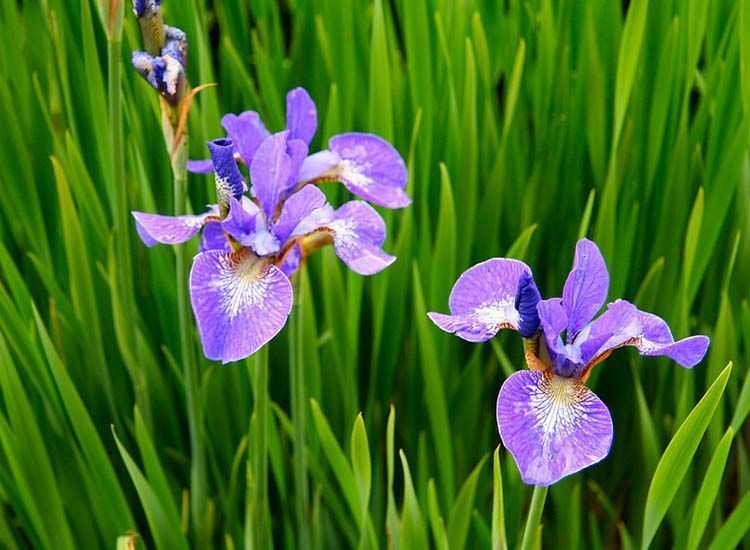
Iris flower. Photo by: smalljude
When to plant the iris flower
Contradicting what is more natural in most plants, in the case of lilies it is better plant them during midsummer to take root and gain strength during this season and something in autumn to comfortably overcome winter. In the case of the plantation, it will be necessary to provide them with a little more irrigation than the previous recommendations, and may even double the dose.
Pruning
Eliminate flower stems when they wither and trim the dying leaves. Be careful with the area of land that the rhizome can colonize. For this reason, it is very typical to plant them in garden borders, large pots and borders to avoid excessive propagation.
Foto de portada de: Joan Simon
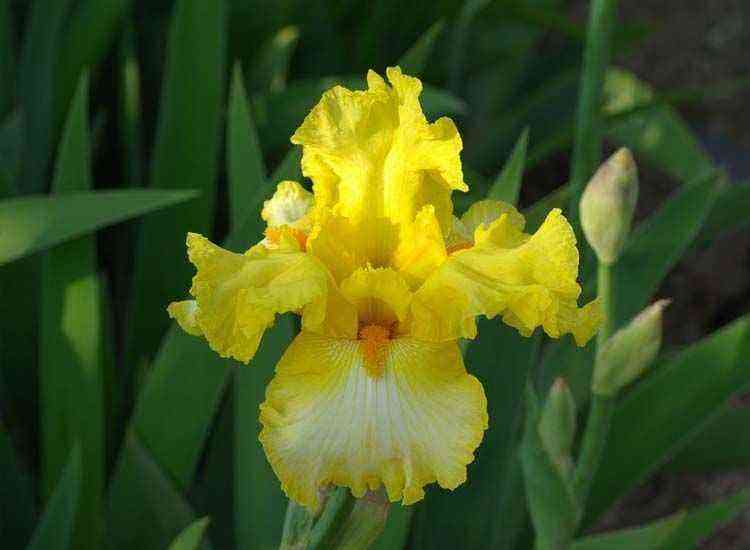

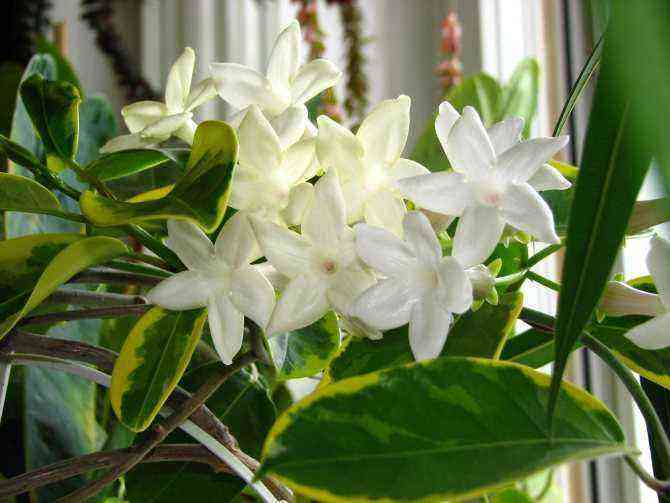

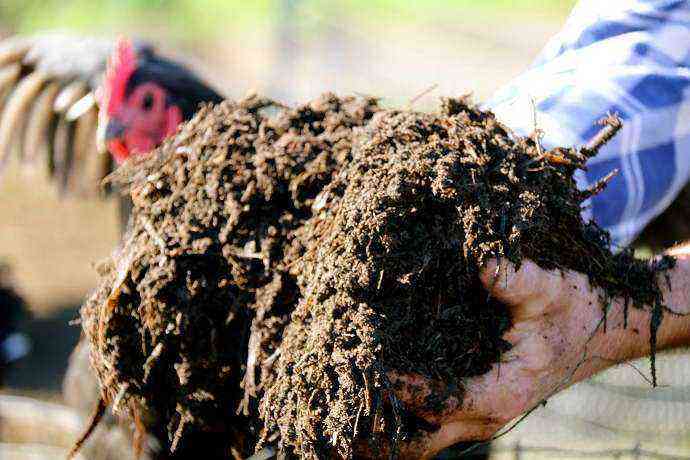


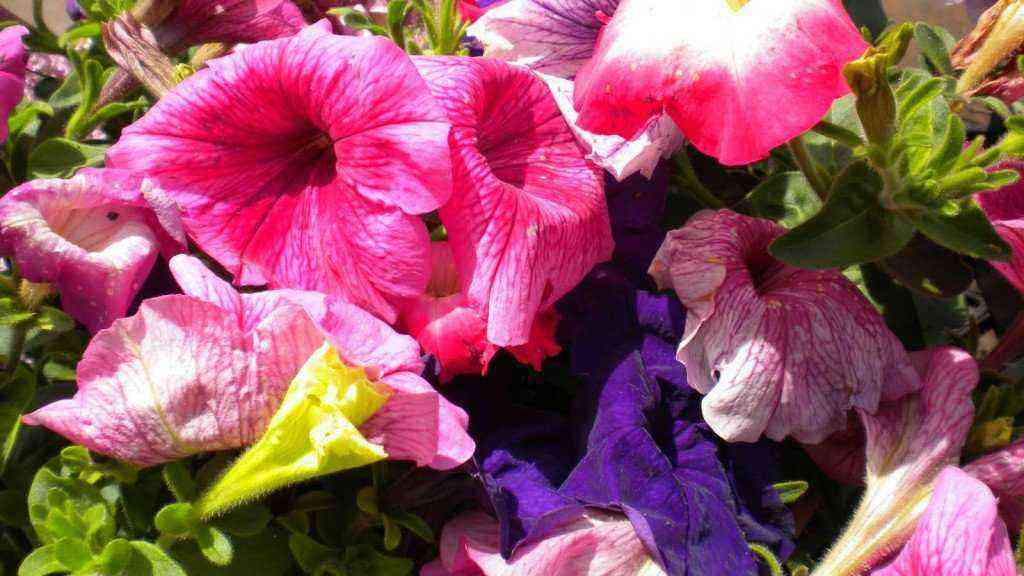




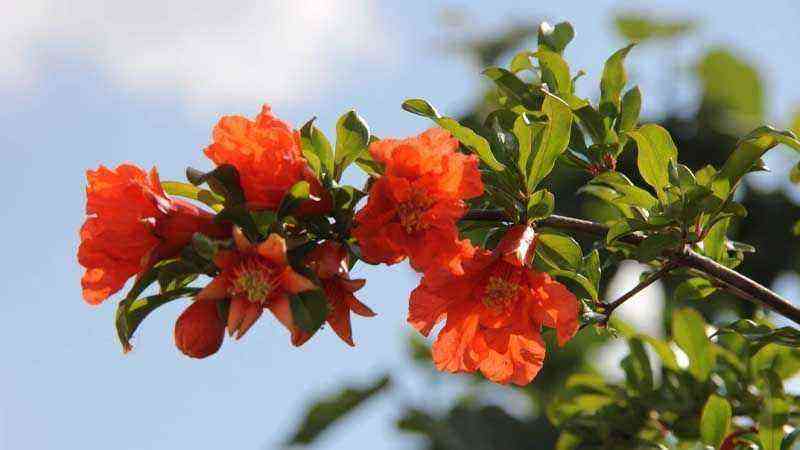

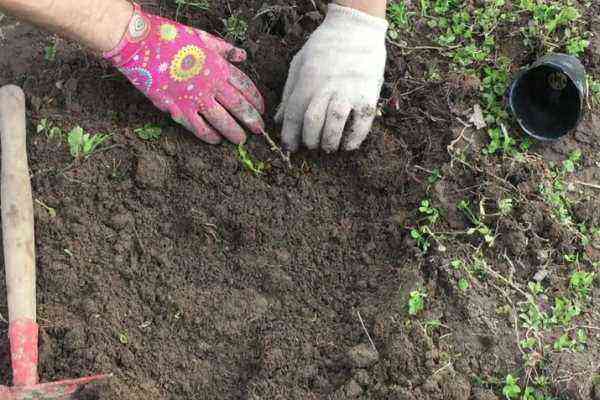
![Cultivo de Magnolia stellata [magnolia estrellada] Cultivo de Magnolia stellata [magnolia estrellada]](https://farmer-online.com/wp-content/uploads/2021/05/Cultivo-de-Magnolia-stellata-magnolia-estrellada.jpg)
